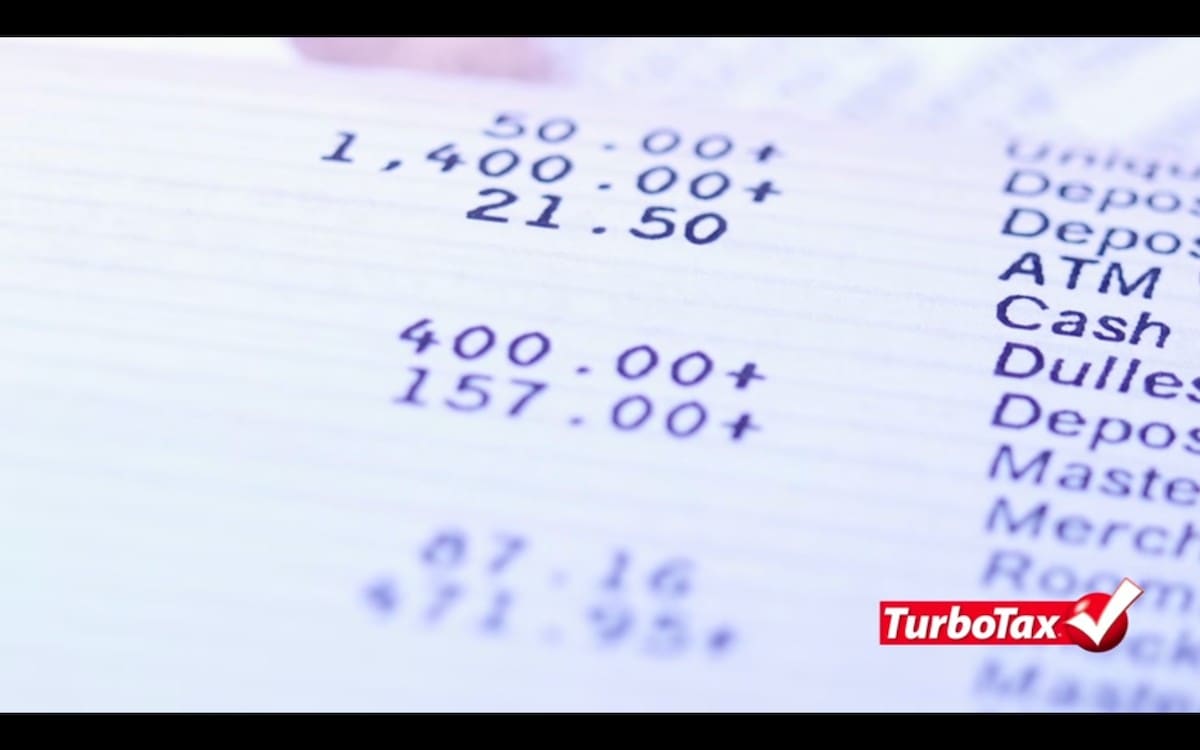Video: Guide to Schedule B: Interest and Dividend Income
If you earned at least $1,500 in interest and dividend income for the tax year, you may need to file Schedule B with your tax return. You can also use Schedule B to exclude the interest you earn on some U.S. savings bonds. Check out this short video to learn more about interest and dividend income and when you should file Schedule B.
The One Big Beautiful Bill that passed includes permanently extending tax cuts from the Tax Cuts and Jobs Act, including increasing the cap on the amount of state and local or sales tax and property tax (SALT) that you can deduct, makes cuts to energy credits passed under the Inflation Reduction Act, makes changes to taxes on tips and overtime for certain workers, reforms Medicaid, increases the Debt ceiling, and reforms Pell Grants and student loans. Updates to this article are in process. Check our One Big Beautiful Bill article for more information.
Video transcript:
Hello, I'm Jill from TurboTax, with important news for taxpayers who earn interest or dividend income.
Did you receive a 1099-DIV or 1099-INT form this year? If so, you may need to file a Schedule B with your tax return.
The Internal Revenue Service requires a Schedule B form in a number of situations, but for the average taxpayer, the two most common reasons are earning more than $1,500 of interest or dividend income (from savings accounts or stocks, for example) and to exclude the interest you earn on certain U.S. savings bonds from your tax return.
The Schedule B has three sections: interest, ordinary dividends and foreign accounts and trusts. To complete the interest section, you need to separately report the name of each institution that sends you a 1099-INT form and the amount of interest it reports. For example, if you have a savings account, your bank will send you a 1099-INT by January 31 with your annual interest earnings reported in box 1. And if you cash in any type of U.S. savings bond, you will receive an additional 1099-INT that reports the bond interest in box 3.
If you use the proceeds of a series EE or I U.S. savings bond to finance your education or the education of a spouse or dependent, you may be eligible to exclude some of the interest from your taxable income. However, you will need to calculate the amount of interest you can exclude on Form 8815 before reporting the excluded interest on Schedule B.
You report dividends on Schedule B in the same way as interest, but instead, you transfer the payor information and the total ordinary dividend payments reported in box 1a from each 1099-DIV you receive. Although you must prepare a Schedule B when the combined total of interest and ordinary dividend income you earn is greater than $1,500, reporting more than $1,500 in either the dividend or interest sections of Schedule B requires you to complete the foreign accounts and trusts section, which asks a number of questions about the foreign financial accounts you have an interest in, if any.

Let a local tax expert matched to your unique situation get your taxes done 100% right with TurboTax Live Full Service. Your expert will uncover industry-specific deductions for more tax breaks and file your taxes for you. Backed by our Full Service Guarantee.
You can also file taxes on your own with TurboTax Premium. We’ll search over 500 deductions and credits so you don’t miss a thing.
Get started now by logging into TurboTax and file with confidence.














